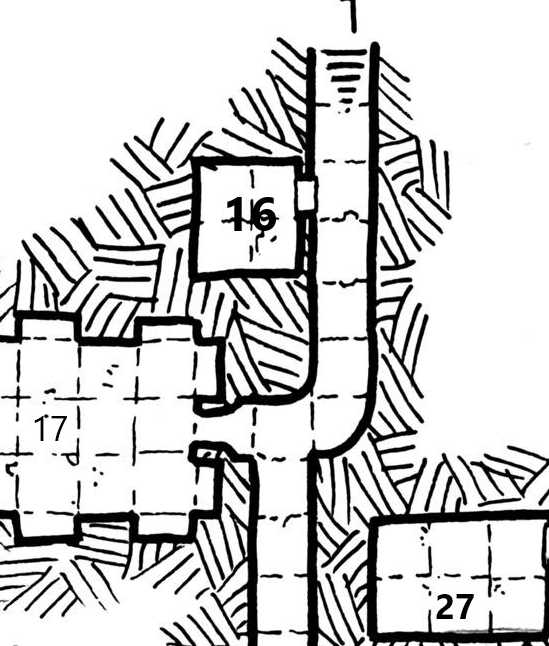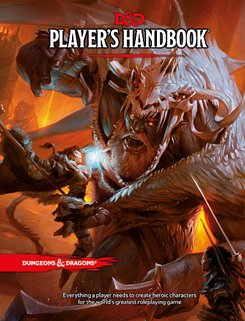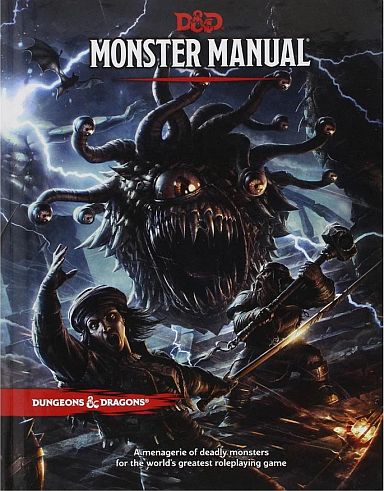
A Few Thoughts on Traps
In the early days of Dungeons & Dragons, a lot of details of traps were left undefined. Certainly, perusing the AD&D Dungeon Master’s Guide and the Basic Rules, I had little idea about how and when to use traps. And, more importantly, what role they played in the game. One of the oddest things was how bad thieves were at dealing with them. A first-level … Continue reading A Few Thoughts on Traps



